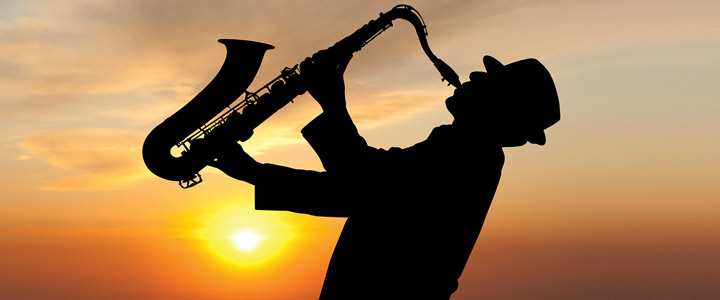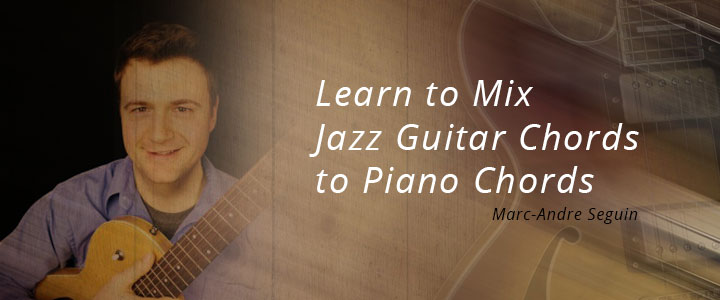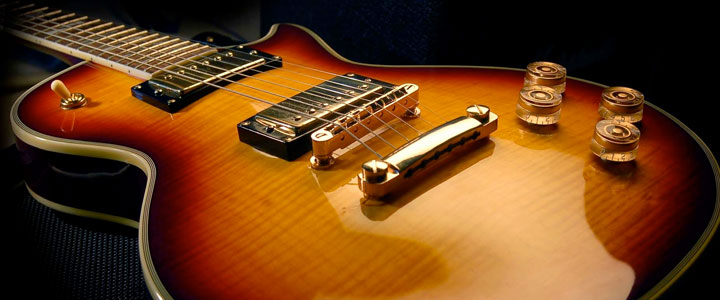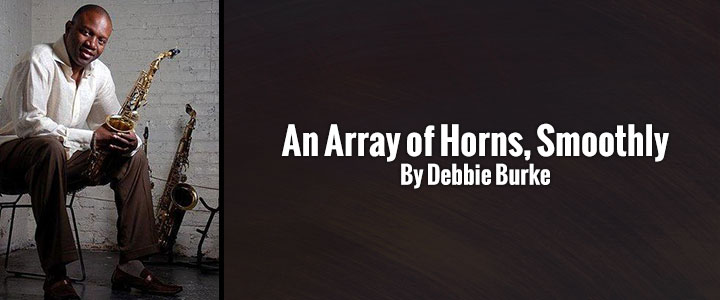Gospel and Jazz Music
The advantage of learning to play gospel music as
a kid growing up in church was gaining the ability to hear and play piano (or
keyboard). No matter how many rehearsals we held beforehand, the set-list never
stayed the same during the actual church service. We had no other option as
young musicians than to listen, figure out, and learn on the spot during the
service. Frustrating as this experience was back then, I developed my ability
to hear and play unwittingly and prepared myself for my journey into the world
of jazz.
I fell in love with jazz after looking for a
greater musical challenge, feeling that gospel music as a genre had become
redundant in form. Learning to play jazz has definitely broadened my musical
horizon. It continues to excite me as I explore it even further, discovering
the endless wonder of musical expression.
Differences between
Gospel and Jazz
- Gospel music features composition, while jazz
features improvisation.
- Gospel music utilizes straight rhythms, while jazz
uses swing rhythms instead.
- Gospel music incorporates chord structures and
progressions corresponding to a melody, while jazz pushes further into more
adventurous harmonic, melodic, and modal expressions.
The History of Jazz
Jazz as a genre originated in New Orleans around
1895. A combination of marching band music, ragtime, and blues, its widespread
use of improvisation differentiated it from all the other earlier styles. Prior
to the birth of jazz, western music composers wrote music on a piece of paper,
then musicians would do their best to play exactly what was written in the
score. The birth of Jazz broke from that tradition, as songs became a frame of
reference for musicians to improvise instead. Though some virtuoso musicians
weren’t exceptional sight-readers, their playing still thrilled their
audiences, and their spontaneous music resemble the joy and adventurous spirit
of that age.
Despite the differences between Jazz and Gospel,
they actually have much in common.
Similarities between
Gospel and Jazz?
These genres have more in common than you may
realize, and blues served as a bridge between them. Dating back to the 1800s,
when “call and response” was established as a form of expression, African
Americans celebrated Christianity through the expression of music in a new and
soulful style. This style touched hearts with its powerful lyric and melodic
repetition. Musician Thomas Dorsey, 1930s, is father of this “Gospel” style.
Many contemporary artists, such as Mary Mary,
Mahalia Jackson, and Kirk Franklin, served as crossover artists within these
genres. They paired their strong faith with expressive jazz techniques,
harmonies, and instrumentation. More and more, we are seeing many talented
artists, with both a strong calling to serve their church and a deep faith, who
also want to pursue a full-time musical career. They have found a way to use
their creative passion by blending the Gospel and Jazz genres together. One
such artist is jazz saxophonist Kirk Whalum.
Another example is Niki Haris. She combines jazz
and gospel music together brilliantly in live performances, showcasing her
vocal execution, lyrical commitment, and thorough instrumentation. She reaches
both Jazz and Gospel audiences alike.
“Faith” is another strong concept that ties Jazz
and Gospel music together. A “spiritually guided” direction gives sustenance to
our hopes and dreams, from a biblical standpoint. The other direction of faith
is found in daring to articulate an artistic vision and expressing something
that’s both broader in scope and far more personal.
In Gospel music, “faith” is essential, while in
Jazz music, it’s more of a distant goal. Though aims may differ however, both
paths continually influence one another. For example, gospel music would not
have evolved apart from the artists who felt the need to hear and express
something beyond the ecclesiastical music that preceded them.
In an interview with New York jazz trumpeter,
composer, and educator John Raymond, conducted by TGC (The Gospel Coalition),
considered this question: “How has becoming a Christian shaped your work?” His answered, “The Lord has used Jazz to make me
into someone who trusts him. Jazz is improvised and messy. When performing, I
don’t know exactly where my fellow bandmates or I are going. This spontaneity
runs right up against my impulse to control. But God has used jazz to teach me
to trust his grace, let go of my grasp, and live moment by moment
through the Spirit. And this hasn’t just shaped how I play music; it has
also shaped how I parent, how I teach, and more.”
About the Author – As an avid piano dreamer, Lucas has immersed himself in all things keyboards and music for more than 12 years. This captivating journey has inspired him to launch PianoDreamers.com where he likes to share everything he’s learned over the years with his fellow musicians. Lucas collaborated first-hand with many accomplished musicians and participated in numerous musical projects of note. From teaching to performance, consultation to making music, he’s been turning his piano dreams into reality for more than a decade.



